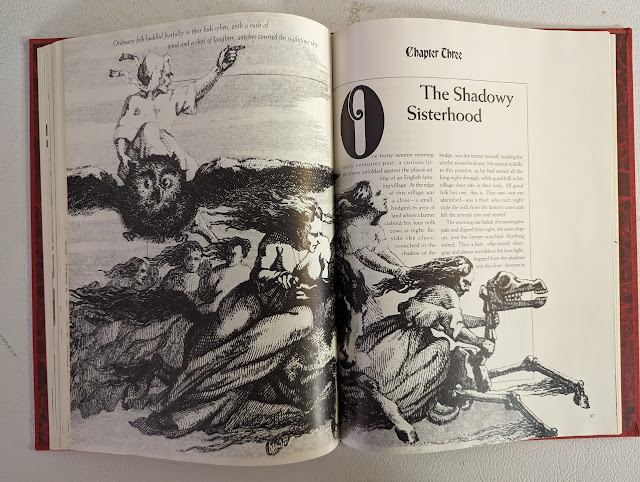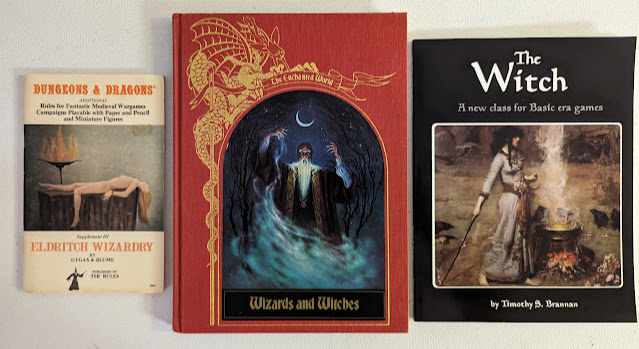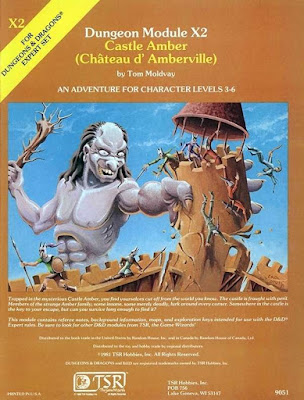The Forgotten Realms Atlas (2e)
1990. By Karen Wynn Fonstad. Forewords by Ed Greenwood and Jeff Grubb. 178 pages.
Before I get into this book, I have a few words about Karen Wynn Fonstad. She is not a name usually associated with the Realms, but she is a "name." Prior to this book, she had given us the equally extensive Atlas of the Dragonlance World. She came to these via her work on The Atlas of Middle-Earth, The Atlas of Pern, and the Atlas of The Land from "Chronicles of Thomas Covenant." All epic works of cartography and staples of the Science Fiction and Fantasy Book Club during the 1980s. All her books have a similar feel to them, and all are meticulously well-researched. She had been the Director of Cartographic Services at the University of Wisconsin–Oshkosh and had fallen in love with Tolkien's world back in 1975. I don't know if she felt the same love for Toril, Krynn or Pern, but her work in all three was top-notch. She passed in 2005 at the young age of 59. She was remembered fondly in the New York Times this past January, nearly 20 years after her death.
The Atlas itself is a massive work. The book itself is 178 pages, with 3-color art. The only illustrations in the book are Fonstad's maps and there is nearly a map per page. These are not just geographical maps of places, there are maps of towns, homes, castles, even standing stones on the Moonshae islands. Everything is footnoted and cross referenced.
It covers all the Forgotten Realms products, novels and RPG sources, up that point. So it is pretty comprehensive.
The atlas is divided into four major sections.
Part One: Regions
This covers the large regions of the known world of the Forgotten Realms circa 1990. It includes large area maps of the Western Realms (most familiar) north and south, the Hordelands, and the Eastern Realms where Kara-Tur had been newly re-set.
Part Two: The Moonshae Isles
This covers the Moonshaes and the places (and events) of the Darkwater Trilogy novels. I should probably read those at some point. The level of detail here is rather amazing, to be honest, and you do get the feel that this is a living, breathing world.
Part Three: The North and West
Again, the areas most familiar even to the most casual Realms fan. Though, while I admit that now I am likely more than a casual fan, the amount of detail here is staggering to me. There is so much I don't know here. Reading it makes me feel like I have missed a lot since there are many references to the novels. I know I am never going to ever read everything Forgotten Realms, but this does make me appreciate the in-world and real-world history here.
Part Four: The Western Heartlands
This is the bulk of the book and is just packed. Here, I am further outside of the areas I know. Hell, even the areas I know I know I don't know well. But I think I am going to come back to this book very often.
Honestly. This book is a treasure. I had flipped through a copy of Fonstad's Atlas of Middle of Earth years ago and was blown away by it. I have the same feeling here. It is almost too much to take in at once.
Her References alone would be the basis of a great adventure, academically speaking, to read up on the Realms from 35 years ago. It is more than I could ever hope to read and still manage to get all my other reading in! But it also gives me ideas of other products to review, beyond what I already have.



































